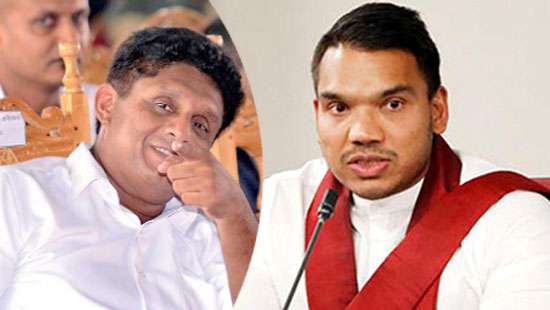Dr. Dayan Jayatilleka.
“There’s no sorrier sight than an unpopular populist” goes the old political science joke. As an old political scientist, I’d say that’s even truer of an unpopular “left populist”.
The Deep South, ‘Ruhuna’ is the JVP’s cradle. You can hardly get deeper south than Angunakolapelessa in Tangalle, Hambantota district, rice-growing territory. On the day that President Anura Kumara Dissanayake flew to Beijing, oddly enough without Industries Minister Sunil Handunetti, the NPP lost the Multi-Purpose Cooperative Society (MPCS) election in Angunakolapelessa to a coalition of SLPP and SJB elements and Mahinda Amaraweera’s supporters.
The NPP also lost a second the MPCS election in the South: Welivitiya-Divithura, Karandeniya, Galle District. That too was to a coalition of the SLPP, SJB and SLFP. In more urbanised Kelaniya, the SJB resoundingly beat the NPP at the MPCS election.
MPCS elections have always been the early warnings and symptoms of electoral standing.
Never has a Sri Lankan administration, especially one which swept the board recently, begun to lose elections so speedily at the grassroots, in diverse locations. What’s going wrong?
1. In their ineffable arrogance, Anura and the JVP-NPP spurned a united front under their leadership with dissident progressive political elements from former administrations. Therefore, they don’t have experienced personalities who know good, workable policies from bad ones; how the system works and how to work it; are familiar with processes and capable of skilfully guiding the machinery of state.
2. The JVP-NPP and its supportive intelligentsia hardly contain the best policy brains in the country. A Left-led united front could have mobilised such elements, as in the Left coalition Government of Kerala.
3. Consequently, AKD and the JVP-NPP neither have good, viable policies nor know how to deliver. In some basic respects (e.g., rice-coconut-salt) they compare unfavourably with their predecessors.
4. AKD-NPP swerved hard to the right on economic policy, implementing what they didn’t promise and the opposite of what they did promise.
5. NPP behaviour has been semi-authoritarian, and discourse, insensitive and imperious (e.g., Bimal’s supercilious sneering, Nalinda’s diatribe against Dullas, Harini sterner than Sirimavo).
Opposition model
The NPP’s triple defeats at the MPCS elections prove that the most viable Opposition strategy is of broad, flexible, cross-party, politically pluralist alliances, ranging from Sajith’s SJB to Namal’s SLPP and everything in-between.
Instead of peddling ‘SJB-UNP unity’, the effort in this 90th anniversary year of the legendary Popular Front (1935), must be to creatively construct the broadest, most inclusive, ideology-transcending, multipolar bloc/platform of the Opposition—a ‘domestic BRICS’.
Forget as national alternatives, Dilith Jayaweera and Champika Ranawaka, former comrades and two sides of the same coin. Also, Sarath Fonseka. AKD leads the JVP, a mainstream party with a long narrative history. Dilith and Champika may see themselves as Trump, Modi, or Netanyahu but those politicians are leaders of pre-eminent national parties: US Republicans, BJP, Likud. Dilith and Champika are strictly sect/cult-scale.
As the MPCS election results show, Sajith and Namal in whichever order will always be bigger players.
Because of their high-value, rolling public education activity on national policy, so too will the extra-parliamentary FSP-PSA.
Excerpts from a longer article published in Daily FT: Electoral-shock, crisis continuity, centre-right convergence and left lines
